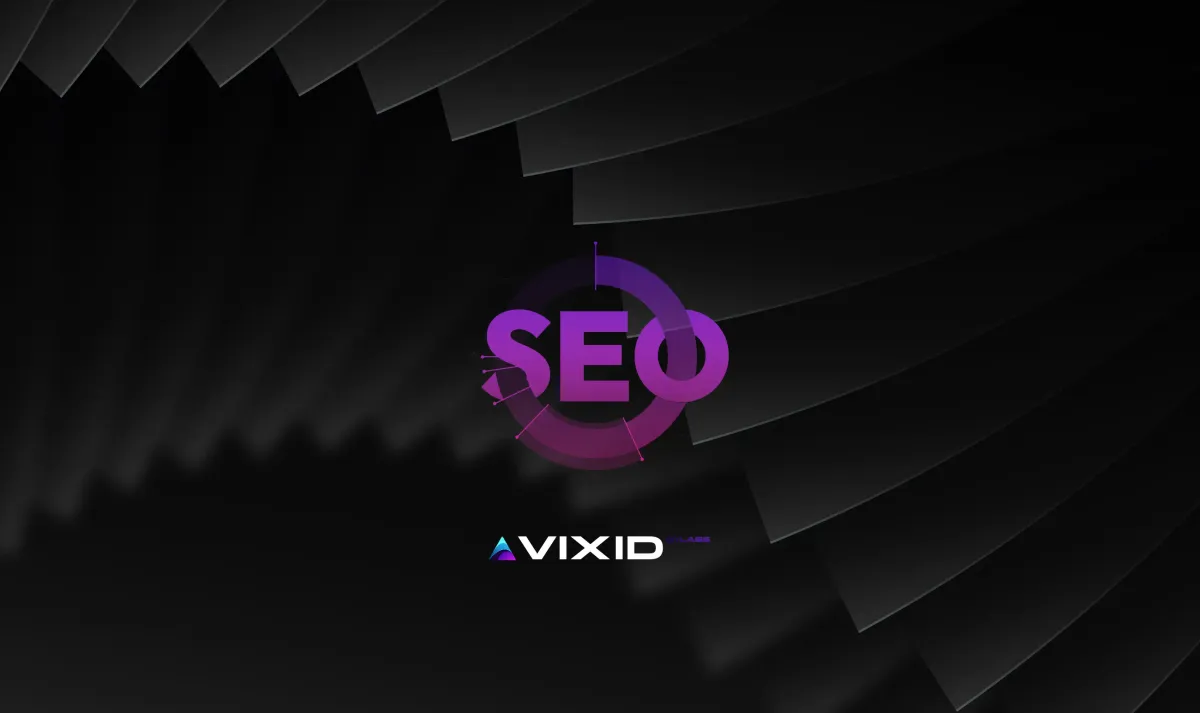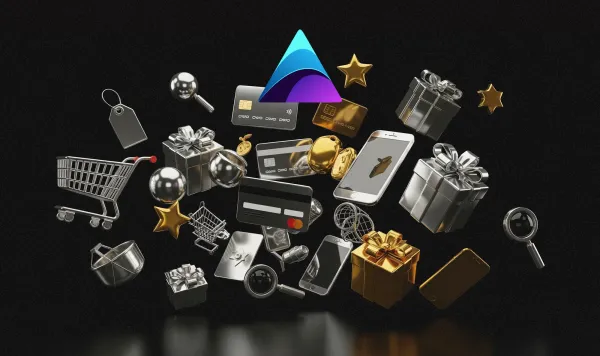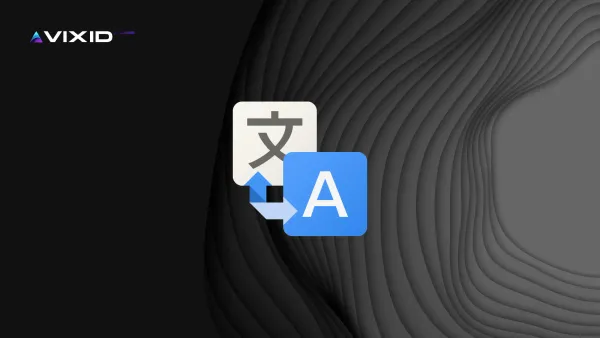8 Common SEO Mistakes — and How to Avoid Them with Confidence

Hi there, I'm Mark, CTO at Vixid Labs, where we help businesses grow online — not just by showing up in search results, but by showing up in the right way. SEO can feel like a dark art sometimes, especially with all the ever-changing rules and tools. But after auditing dozens (okay, maybe hundreds) of websites over the years, I’ve noticed a pattern: many of the same issues keep popping up, again and again.
So in this guide, I want to walk you through 8 of the most common SEO mistakes I see — and more importantly, show you how to fix them. Don’t worry, I won’t hit you with jargon. Let’s dive in.
Mistake #1: A Slow Website
We’ve all been there. You click a link… and wait. And wait. By the time the page finally loads, you’ve already moved on. Google knows this too — which is why site speed is now a direct ranking factor. In other words: the faster your website, the better your chances to rank higher in search results (and keep visitors around).
What slows things down?
Usually, it’s a mix of things:
- Oversized images
- Too many scripts or plugins
- Lack of caching
- No compression (Gzip, Brotli, etc.)
- Heavy WordPress themes with unnecessary features
One of the easiest ways to check where your site stands is using Google PageSpeed Insights It gives you a quick breakdown of what's working and what’s not, plus a score out of 100 for mobile and desktop.
What you can do today:
Compress your images — Ideally, no image should be larger than it needs to be. We recommend using WebP format where possible.
- Enable browser caching — This helps returning visitors load your site much faster.
- Minimize plugins — Especially in WordPress. If you're not using a plugin regularly, deactivate or remove it.
- Use Gzip or Brotli compression — Your server should support at least one of them. If you’re not sure, your hosting provider can help.
- Audit your theme — Some pre-built themes come with everything under the sun. But if you’re only using 20% of it, you’re dragging 80% of dead weight.
💡 Pro tip from our dev team: we once helped a client speed up their homepage by 3x simply by replacing their slider plugin with a single static image. It looked better and loaded faster.
Mistake #2: Heavy Images and Videos
I’ll be honest — some of the most beautiful websites I’ve seen were also the slowest. Full-screen background videos, crisp 4K images, fancy animations… and then a loading spinner that overstays its welcome.
It’s a trade-off we often see: aesthetics vs performance. But here’s the good news — you don’t have to pick just one. With a bit of prep work, you can have both.
Here's what usually goes wrong:
- Uploading giant images straight from a camera or design tool
- Using PNGs when a JPEG or WebP would work just fine
- Embedding videos from your own server (ouch)
- Forgetting to set proper dimensions and lazy loading
What we recommend:
- Resize before upload: If your site displays images at 800px width, don’t upload a 4000px version. That’s like bringing a suitcase to a coffee date.
- Use modern formats: WebP— they look great and load fast.
- Lazy load images and videos: Most frameworks or CMS platforms now support this natively. It’s a simple win.
- Don’t self-host videos unless you really need to: Use platforms like YouTube, Vimeo, or Bunny.net with optimized embeds. Your server will thank you.
One real case from our work at Vixid Labs: A travel blog we helped had over 300 posts — each with 10+ full-size photos. After switching to WebP and setting up lazy loading, their average load time dropped by 45%. No content removed, no beauty sacrificed.
Mistake #3: Targeting the Wrong Keywords
This one comes up more often than people think — not because businesses don’t care about SEO, but because keyword choices often feel... obvious. You sell shoes? Let’s rank for “shoes”. You’re a local photographer? Let’s go with “photographer”. Simple, right?
Except it rarely works that way.
The most competitive keywords are usually dominated by big players with massive budgets and years of authority. Trying to break into those spaces as a small or mid-size brand is a bit like opening a coffee stand in the middle of Times Square — crowded, noisy, and hard to be noticed.
What tends to work better is going more specific. Instead of “shoes”, maybe it’s “handmade leather boots in Stockholm”. Instead of “photographer”, maybe it’s “wedding photographer for elopements in the Alps”.
We often call these long-tail keywords — but forget the jargon. Think of it as using the language your customers would actually type when they’re ready to take action. The more your wording matches real-life search intent, the higher your chances to be discovered by the right people.
And yes, that means your search volume might be lower — but the quality of traffic? Much higher. You don’t need millions of visits. You need the right ones.
Mistake #4: Weak or Missing Meta Information
Let’s imagine your page shows up in Google search results. Great start — but what does the user actually see? Usually: a title, a short description, and maybe a date. That tiny bit of text is your first — and sometimes only chance to get someone interested enough to click.
So when titles are vague, duplicated across pages, or written just for algorithms users scroll right past. Same goes for descriptions that say nothing or simply repeat the title. You’ve been there yourself, right? You’re searching for something specific, and half the results feel like placeholder text.

What helps here is a simple shift in perspective: write your meta titles and descriptions as if they’re headlines on a poster in the street. Clear, relevant, human. Not keyword salad. Not empty buzzwords. Just a sentence that honestly tells what’s inside — and makes someone want to open the door.
A well-written meta description won’t change your ranking directly but it will affect your click-through rate. And Google pays attention to that. The more people click, the more your page earns trust in the algorithm’s eyes.
So don’t treat metadata as a chore to tick off. It’s your handshake. Make it count.
Mistake #5: Misaligned Page Titles
Titles do a lot of heavy lifting. They tell users (and search engines) what the page is about before anyone even clicks. But sometimes, in the rush to sound catchy or rank for a keyword, titles drift away from what’s actually on the page.
That mismatch can cause a few problems. First, users feel tricked — and leave. Second, Google notices when people bounce quickly and starts to doubt the page’s relevance. Third, you lose trust, which is hard to earn back.
There's no need to overthink it. Your title doesn’t have to be clever. It just has to be clear. Ask yourself: if someone reads this headline in a list of ten results, will they immediately understand what they’ll get?
And once they click — will they feel the page delivered what was promised?
If the answer to both is yes, you're on solid ground. A good title doesn’t just boost SEO. It sets the tone for everything that follows. It’s a small thing with a big impact.
Mistake #6: Thin or Neglected Content
Sometimes, in the rush to “just get the site live,” content ends up being an afterthought. A few lines here, a placeholder paragraph there — just enough to fill the layout. But search engines (and real people) are good at spotting when a page doesn’t offer much.
Short content isn’t automatically bad. But if a page is vague, generic, or just repeats what’s said elsewhere, it doesn’t give Google much to work with. Worse — it doesn’t give your visitor a reason to stay.
We once worked with a small furniture studio. Their site was beautiful — clean design, great photos. But their product pages all had the same two-sentence description. “High-quality handmade wooden chair. Perfect for any interior.” That’s it.
We helped them expand those descriptions with real details: materials, design inspiration, how it’s made, how to care for it. We also added a short story behind each product — where the idea came from, what kind of space it fits. Not only did the site start ranking better, but customers began spending more time on the pages. Some even mentioned in emails that they loved reading the product stories.
That’s the thing: good content doesn’t just help you rank — it makes your site feel alive. Specifics create trust. Personality creates connection. And when people feel something, they stay. And when they stay, Google notices.
Mistake #7: No Clear Call to Action
You can have the best content in the world — informative, engaging, beautifully written — but if the visitor doesn’t know what to do next, they’ll quietly get out. Not because they didn’t like what they saw, but because they weren’t invited to stay.
A clear call to action is not about being pushy. It’s about being helpful. Think of it as guiding your visitor gently saying, “If this was useful, here’s your next step.” Whether that’s making a purchase, signing up for a newsletter, or just exploring related pages the goal is to keep the conversation going.
Also, pro tip: one clear CTA works better than five fighting for attention. If everything is a priority, nothing is. (Same rule applies to to-do lists. And closet space.)
Mistake #8: Forgetting About Mobile
At this point, most people know their site should work on mobile. But there’s a difference between "technically responsive" and "actually usable". Just because a layout resizes doesn't mean the experience makes sense.
Mobile-first indexing isn't new anymore — Google looks at your mobile version before anything else. But beyond rankings, it's about how real people interact. If text is hard to read, buttons are too close together, or forms are a pain to fill out on a phone, visitors won't wait. They’ll bounce, swipe, or close the tab before you can say “viewport.”
It’s easy to overlook issues here because we usually work on laptops. But if your audience is browsing on the go, at lunch, or from the sofa — your site needs to meet them where they are. With clean spacing, fast loading, readable fonts, and a flow that just feels right.
The simplest test? Open your site on your own phone. Scroll. Tap. Use your phone with one hand, as real visitors usually do, who, while doing other things, looked at your site and were distracted by a call. Are you sure that they understood your offer? Try buying something or submitting a form. If anything makes you roll your eyes, imagine how a new visitor feels. Always ask yourself: what fields can I remove from the order form? Each field can cost you up to 40% of bounces. Sometimes it’s better to just ask for a phone number and then call the user back to find out other details and close the sale in an empathetic conversation, understanding their needs more deeply.
Because in the end, SEO isn’t just about pleasing algorithms. It’s about creating a digital space where people feel welcome, understood, and guided — one click at a time.
Conclusion
Before you rush to check every box and fix every mistake — take a breath. Good SEO isn’t just a checklist. It’s not about tricking algorithms or squeezing conversions out of every click. It’s about understanding your users. Really understanding them. What they’re looking for. What slows them down. What builds trust. What makes them stay.
Yes, technical things matter. Speed matters. Structure matters. But behind every metric is a person. And the best-performing websites we’ve seen weren’t built on hacks — they were built with empathy.
So when you improve your site, don’t just think: “How do I rank higher?”
Think: “How do I make this easier, clearer, more helpful for someone who might need what we offer?”
Solve their problem. Mean it. That’s what good SEO actually is.





